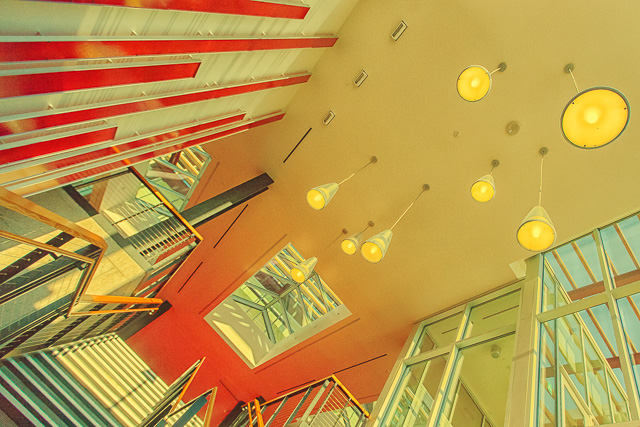
Tramadol Online Prices Bright Lights © 2012 Bo Mackison
http://economiacircularverde.com/que-es-la-economia-circular/ Fear is a natural reaction to moving closer to the truth. ~ Pema Chödrön
(This is the fourth in the series of my journey, an intimate exploration of art and healing.)
I spent several months in the hospital.
After my initial admission, my condition worsened from extremely ill to critical, and doctors transferred me to the equivalent of the critical care unit of a medical unit. But unlike a medical ICU with its high-tech equipment and constant activity, a person who needs a psychiatric ICU requires a different sort of healing space. She needs as little stimulus as possible. It is a time to quiet a system gone haywire from too much input.
By law, a patient must be placed in the least restrictive environment to treat their symptoms – I signed an admission form with a list of my rights – but my condition required drastic measures.
The “Quiet Room” was my world for several weeks.
This room was an 8 x 8 foot cell-like space. The walls were padded, the floor was indestructible rubber tile, and the window was completely curtained in black, then covered with steel mesh and an over-sized piece of plexiglass.
There was a mattress on the floor, a single sheet, a plastic-encased pillow. And a closed circuit camera high on the wall monitored my actions at all times by a nurse in the nursing station.
There was a door, but no door knob. Staff came in to deliver my meals, monitor my meds, and help me with basic needs. Otherwise, I was left alone — to rest. I craved someone to talk with me, console me, soothe my terrors, even simply to sit in the silent room with me, but rules required the nursing staff to monitor me by watching a television monitor, not to interact with me.
Most disturbing to me was the inset light in the small room’s ceiling.
It was an obvious necessity. I understand that now — twenty-five years later. If I had been in a darkened room, there could be no surveillance on camera, and that was necessary for my care. The caregivers would not be able to see me pacing. Or crying. Or rocking myself, trying to calm myself, comfort myself. Or worse. But I hated the constant light. Bright, with a yellow cast, I felt as if the fiery light was burrowing through my eyes into my brain.
I worked to record my dreams in my journal, though my wandering scribbles were barely legible, my htought processes distorted. I’d pleaded for paper and pen, so instinctive the need to work through my experiences with words, and an occupational therapist supervised my safe use of writing materials. My nightmares were constant chase scenes in unfamiliar rooms, up and down stairwells, through basements and attics, jumps from roof tops which ended in me running through traffic up, six lanes zigzagging towards me. Attacks. Violence. I never identified who was chasing me. The dreams were on repeat, and so I lived them and re-lived them.
I couldn’t tell night from day. I didn’t understand what had happened to me, why I was here, nor how long I would need such extreme care. I was angry, and disoriented, and terrified. I had flashbacks and existed in a state of panic much of the time.
I describe this time in my life because this was me hitting the bottom.
I could no longer function in the state I was in. I couldn’t go back to the life I’d enjoyed only a few weeks earlier. My only choice was to acknowledge my fears, just as Pema Chödrön recommended in the earlier quotation, and move closer to my truths.
— based on journal entries, 1990-91
~~~~~~~~~~~~~
I am re-posting an 11-part series I first ran in January, 2013 on art and healing. Although this is a difficult subject to write about and explore, the message is too important to keep hidden deep within my blog. It is my hope that my journey will also inspire others.







Speak Your Mind